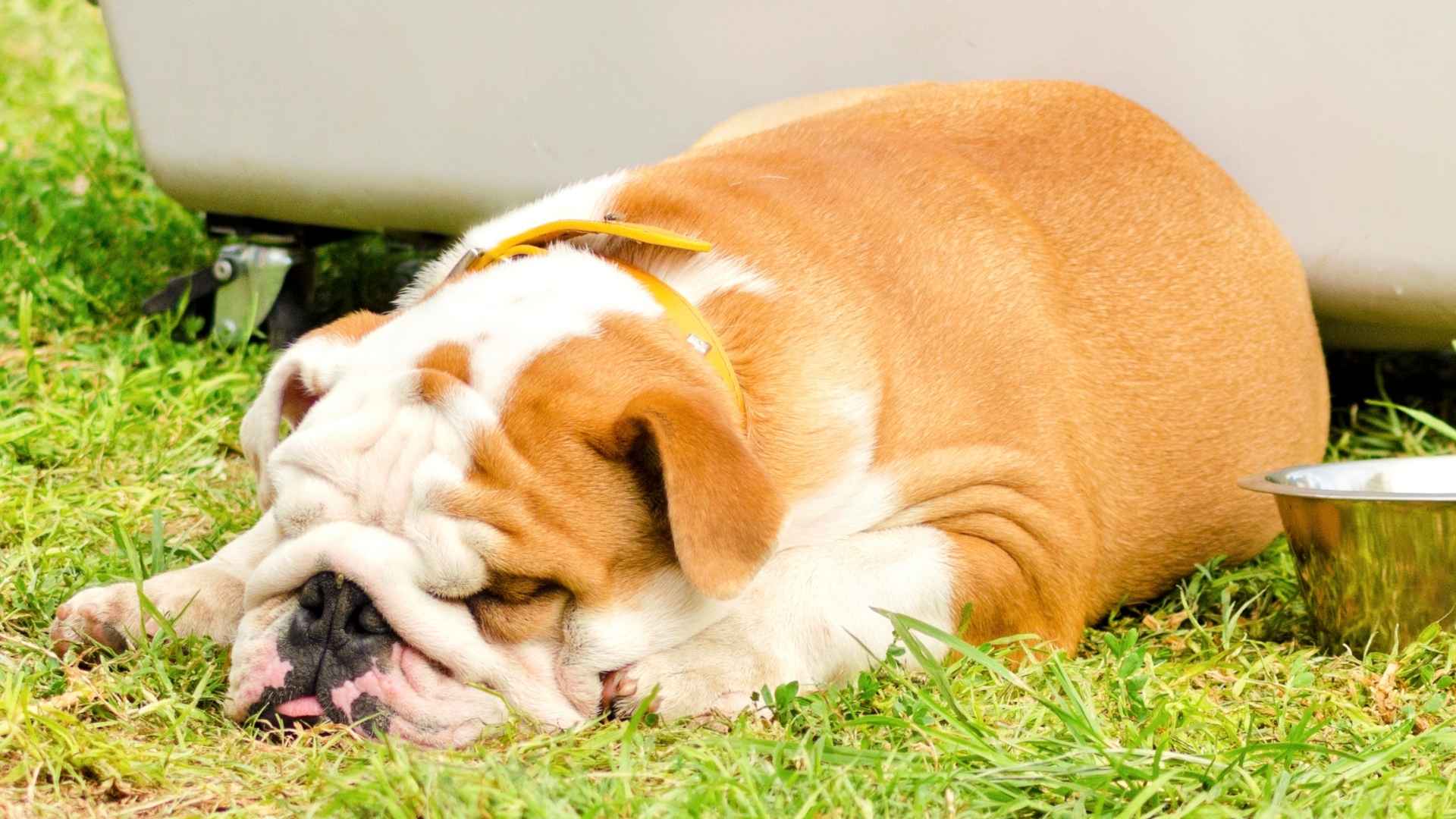Not all dogs love to run around all day. Some just want to play for a few minutes and then take a long nap, like they’ve had the busiest day ever. First-time dog owners might wonder if their dog chases a toy once, rolls on the carpet, and then lies down like it’s bedtime. You’ll totally get what we mean.
This blog is all about those sleepy, chill, laziest dog breeds who nap right after short play sessions indoors. They’re calm, gentle, and love relaxing with their humans. These low-maintenance dog breeds are great for small homes, quiet families, or anyone who just wants a soft buddy to cuddle with.
So, if you’re curious why your pup snoozes after a little play, or you’re looking for a relaxed dog to adopt, you’re in the right place. Let’s meet these adorable, nap-loving dogs!
Dog Breeds That Nap After Short Indoor Play Sessions
1. Mastiff
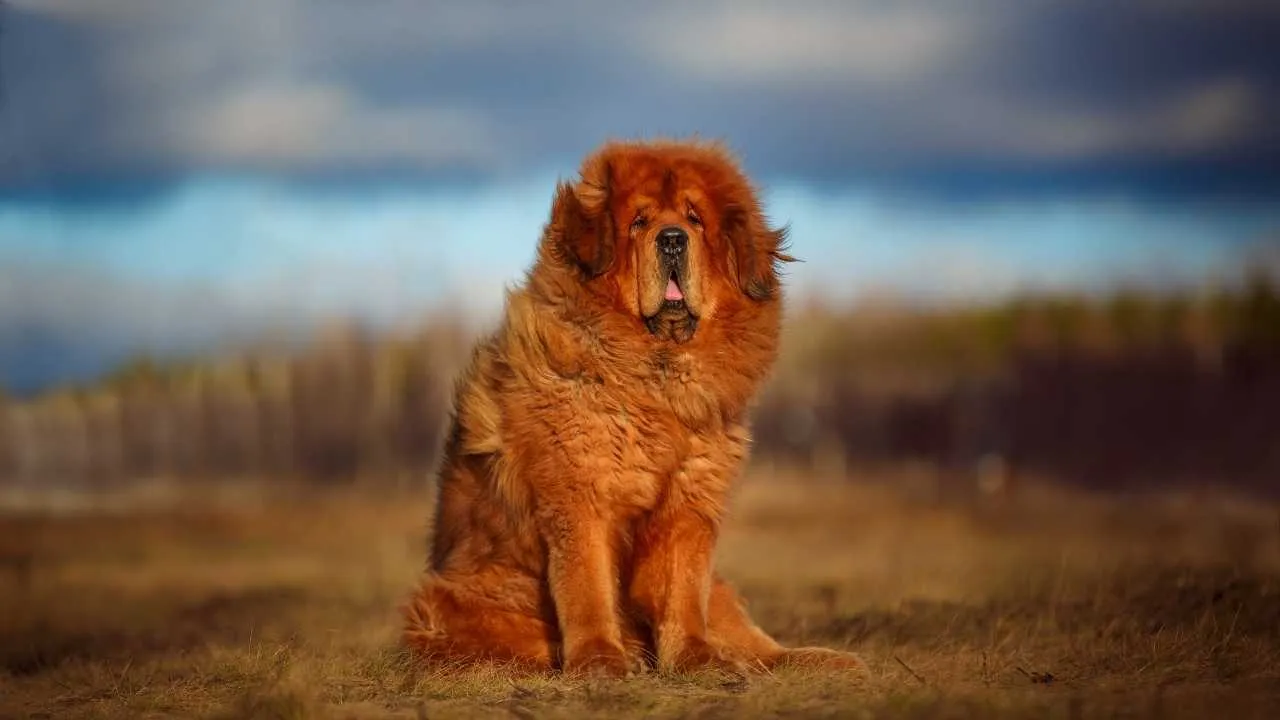
Mastiffs are classic big dogs who love indoor play for a few, then it’s lights-out nap time. Their massive bodies and slow metabolism mean short bursts of play can tire them quickly. These gentle giants snore, lounge, and sleep deeply after a bit of fun.
According to PetMD, English Mastiffs have a couch-potato energy level and enjoy lounging after minimal play, ideal for families who prefer calm indoor routines. They make a perfect match for indoor dogs.
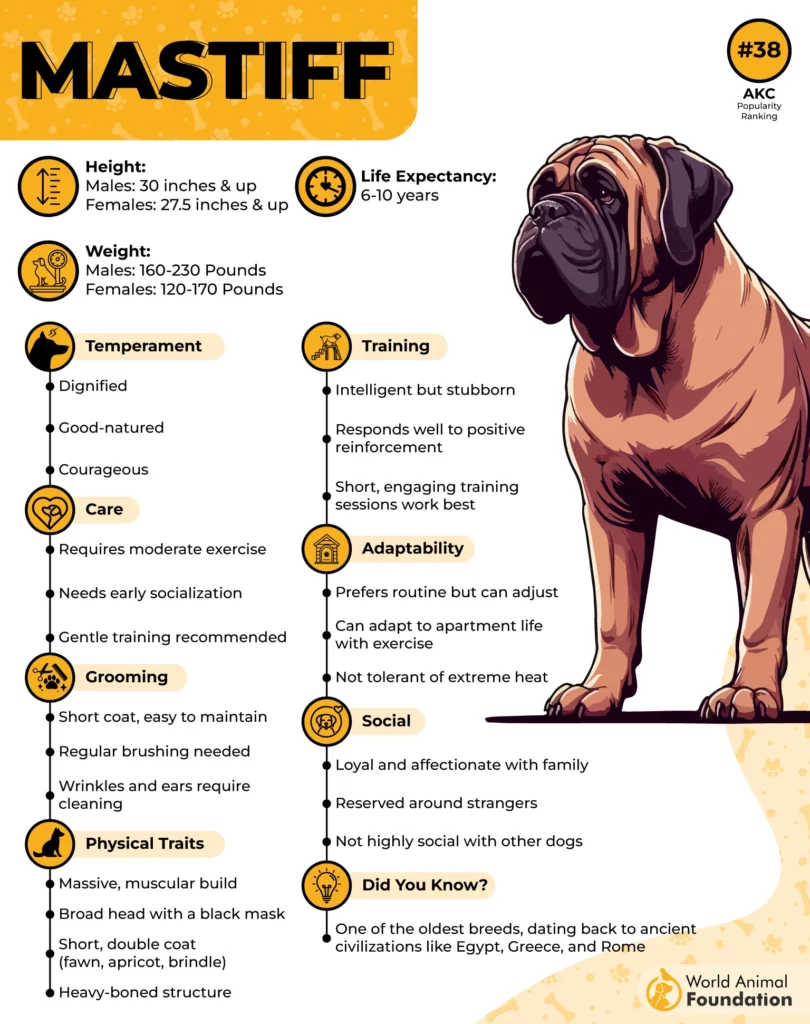
Despite their massive size, Mastiffs are surprisingly gentle and not pushy at all. They show affection quietly and need rest as much as attention. It fits their laid-back, sleepy nature perfectly.
Play-rest balance
Mastiffs enjoy brief indoor activities like tug, gentle fetch, or rolling on carpet, then they nap.
They need moderate daily exercise, but indoor sessions are often enough to satisfy them.
2. Saint Bernard
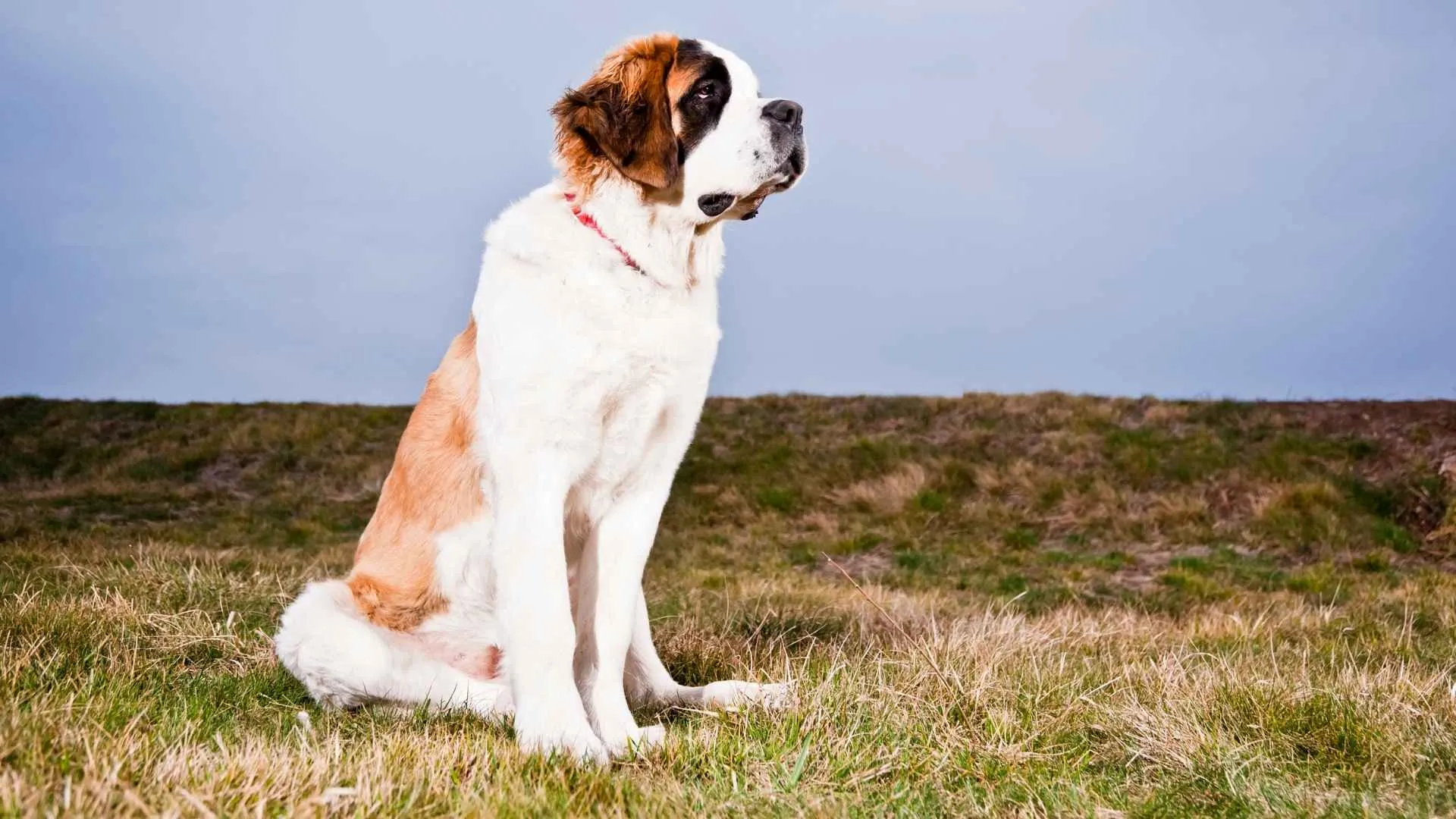
Saint Bernards are known for their calm and mellow nature. After a few minutes of indoor play, like a short game or gentle tug, they’re ready to nap.
Because they’re one of the largest dog breeds, their bodies need more rest after even light movement. These gentle giants enjoy a slower pace and don’t need intense play to feel happy.
Their exercise needs are pretty low, making them perfect for pet parents with relaxed routines. Saint Bernards also get along well with other pets thanks to their serene nature.
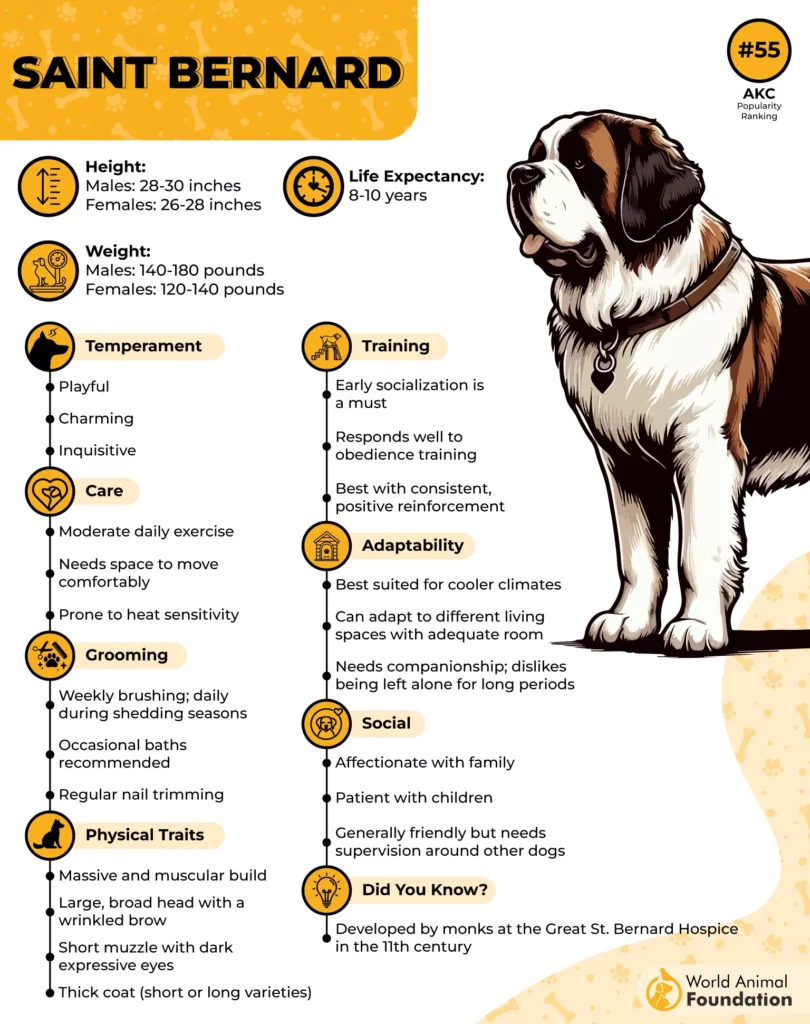
Once playtime is over, they’ll happily snore away at your feet, enjoying long periods of calm. Just be sure to include some mental stimulation to keep them from getting bored.
Why they nap fast
These gentle giants are low-energy breeds despite their past as rescue workers.
WebMD says that a mix of short play and long rest is natural to avoid health problems; they sleep 12-14 hours per day, often more.
3. Great Dane
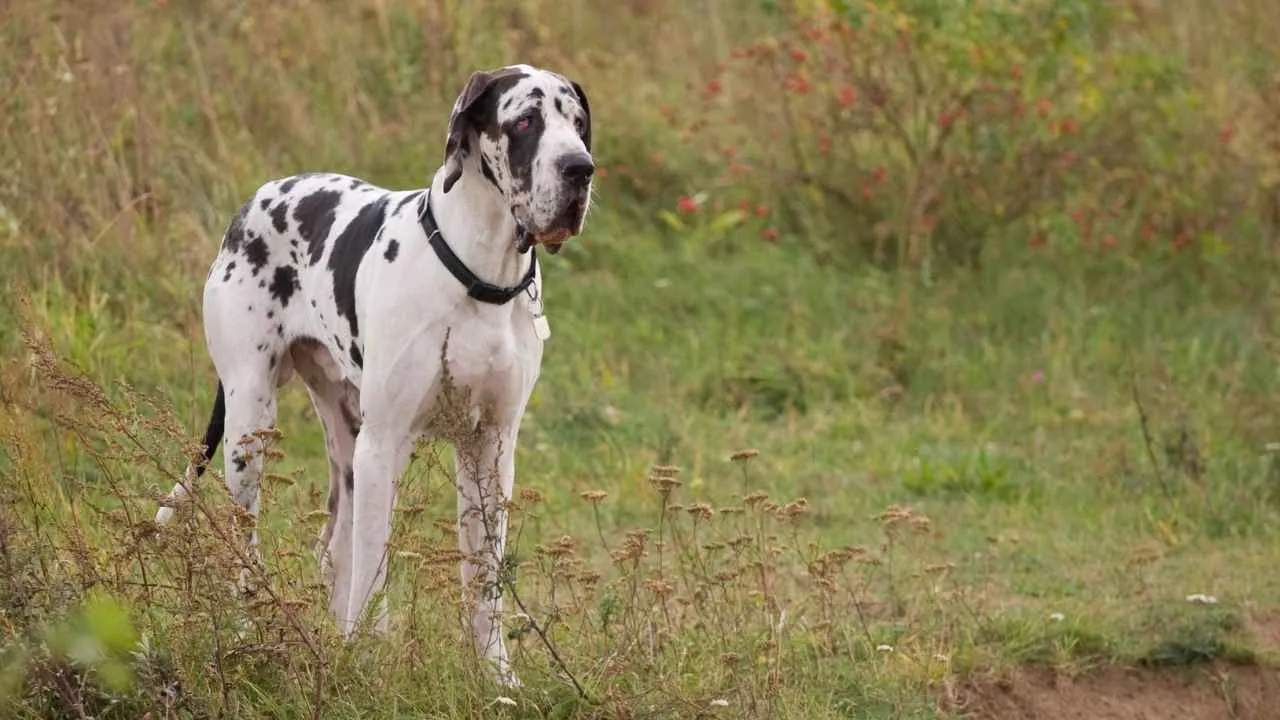
Great Danes are surprisingly relaxed indoors; they’ll romp briefly, then collapse in a fluffy heap for a nap in a cozy corner. Despite their regal appearance, a short session of fetching or rolling is enough to put them to sleep
Hill’s Pet highlights that Great Danes, despite their grand size and healthy weight, are gentle and laid-back indoor companions that rest heavily after short bursts of activity.
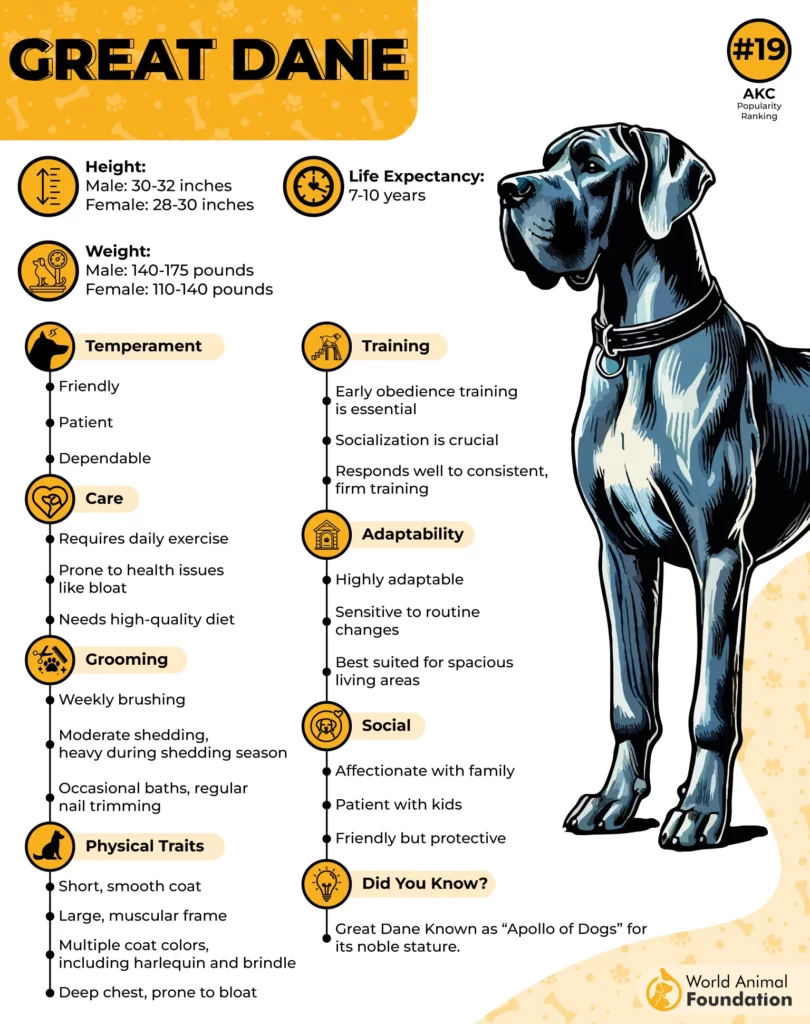
Great Danes thrive in calm homes. Their indoor energy is low, but when they do twitch awake, it’s just to reposition before snoozing again.
Nap Style Routine
They enjoy indoor play but quickly shift to rest to support their giant size.
Like many laziest dog breeds, they average 12–14 hours of sleep daily.
4. Great Pyrenees
Great Pyrenees are productive yet peaceful; they may patrol briefly inside, then settle for a snooze. A few minutes of light play is followed by deep rest. Their quiet presence suits a cozy indoor routine.
They don’t need nonstop motion, just occasional engagement before drifting into dreamland. Even calm dogs still require basic stimulation, attention, and care to stay happy.
Nap routine
They’re wired for endurance, but indoors they prefer short activity followed by extended nap time.
As lounging dogs, they sleep much of the day to conserve energy for guard duties.
5. Newfoundland
Newfoundlands pair big hearts with big bodies and big naps. Indoor play sparkles for a few minutes: pawing toys or gentle fetch, then they collapse into a soft, bundled nap beside you.
At home, low-energy dogs are generally calm and happy to nap during the day. Newfs are calm family dogs who show love quietly, often via shared nap time after brief fun.
Nap-smart energy
These dogs prefer short walks, light exercise, and enjoy lounging around the house to maintain a loyal energy level.
They average 12–14 hours of sleep per day, especially after a short burst of play fetch games.
6. Basset Hound
Basset Hounds enjoy comfort; they might sniff a carpet or chase a toy indoors for minutes, then flop and nap hard. Their heavy bodies have low energy means quick play sessions lead to deep rest. They are perfect for owners who prefer quiet cuddling over long runs.
Basset Hounds are known for their affectionate nature and enjoy resting with their families with their calm presence. These breeds enjoy short walks and peaceful afternoons cuddling with their owners.
Nap Behaviour
According to WebMD, they expend energy slowly and need frequent rest between short bursts of curiosity.
Basset Hounds enjoy spending their days lounging and napping.
7. English Bulldog
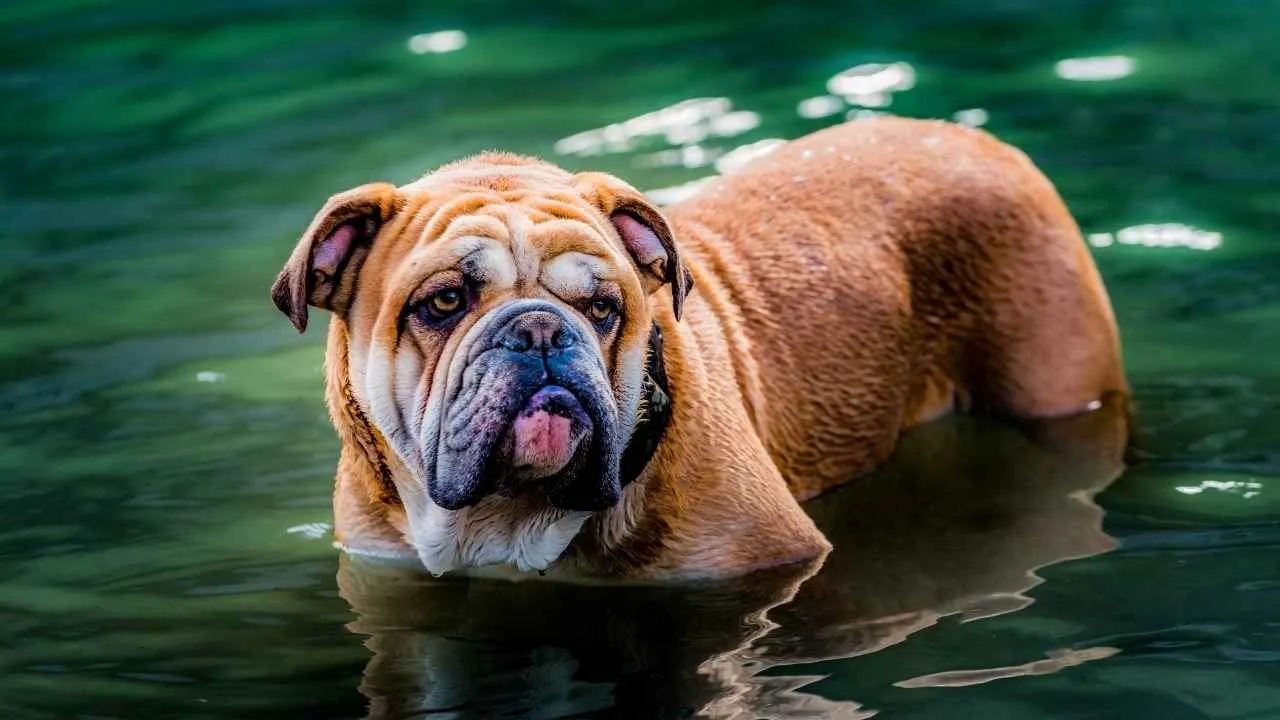
English Bulldogs have a built-in snooze switch. They’ll hobble into the living room, engage for a minute or two, maybe nibble a treat or wiggle with you, then immediately laze away. Their calm, snuggly nature makes them ideal for relaxed, indoor-focused homes.
They are among the laziest breeds, but even Low-energy dogs still need daily movement, such as short walks, gentle play sessions, or indoor activities to maintain joint health and support a healthy weight.
Rest pattern:
Bulldogs enjoy napping as much as they enjoy spending time with their owners for their overall well-being.
Bulldogs typically sleep a lot and require naps throughout the day to support their stocky frame
Conclusion
It’s funny but true, some of the biggest dog breeds are actually the sleepiest! Their calm presence often surprises people. Looks can be deceiving when it comes to energy; many other breeds might be smaller but way more active. Great Danes especially love their long naps. They prefer lounging over constant physical activity, which makes them great for apartment dwellers or anyone who enjoys a slower pace. They’re also a good choice for apartment living if you don’t mind their size.
Just remember, their big frames can be prone to joint strain, so a gentle daily walk is enough. For hot weather, always keep things cool, as large breeds can face breathing difficulties too. If you’re looking for a breed happy with a good nap, Great Danes might be your dream dog!
The truth is, every dog has a different play-to-nap ratio. Some laziest dog breeds are built for bursts of energy followed by long rests. As long as they get a little movement and love, they’re happy. That’s part of what makes them such calm, loving, and affectionate dogs.
Their temperament makes them ideal for families or individuals who enjoy a leisurely pace in life. They make wonderful companions, especially when properly trained to enjoy both quiet and play moments. Providing comfortable and supportive bedding can help low-energy dogs, particularly smaller dogs or older dogs with joint sensitivities.
So, if you want a dog that doesn’t need constant action, these nap-loving breeds might be perfect for you. Their affectionate energy level, combined with simple needs, fits well with relaxed routines. Just give them a soft spot to rest, a little playtime, and avoid too much outdoor exercise. Keep an eye on their weight gain, too, since low activity means calories stick around longer. With some cuddles and care, they’ll return your love tenfold!


